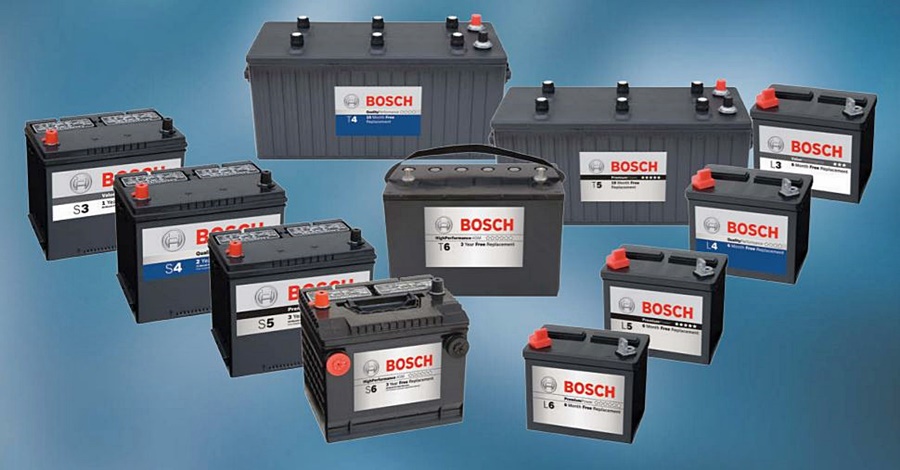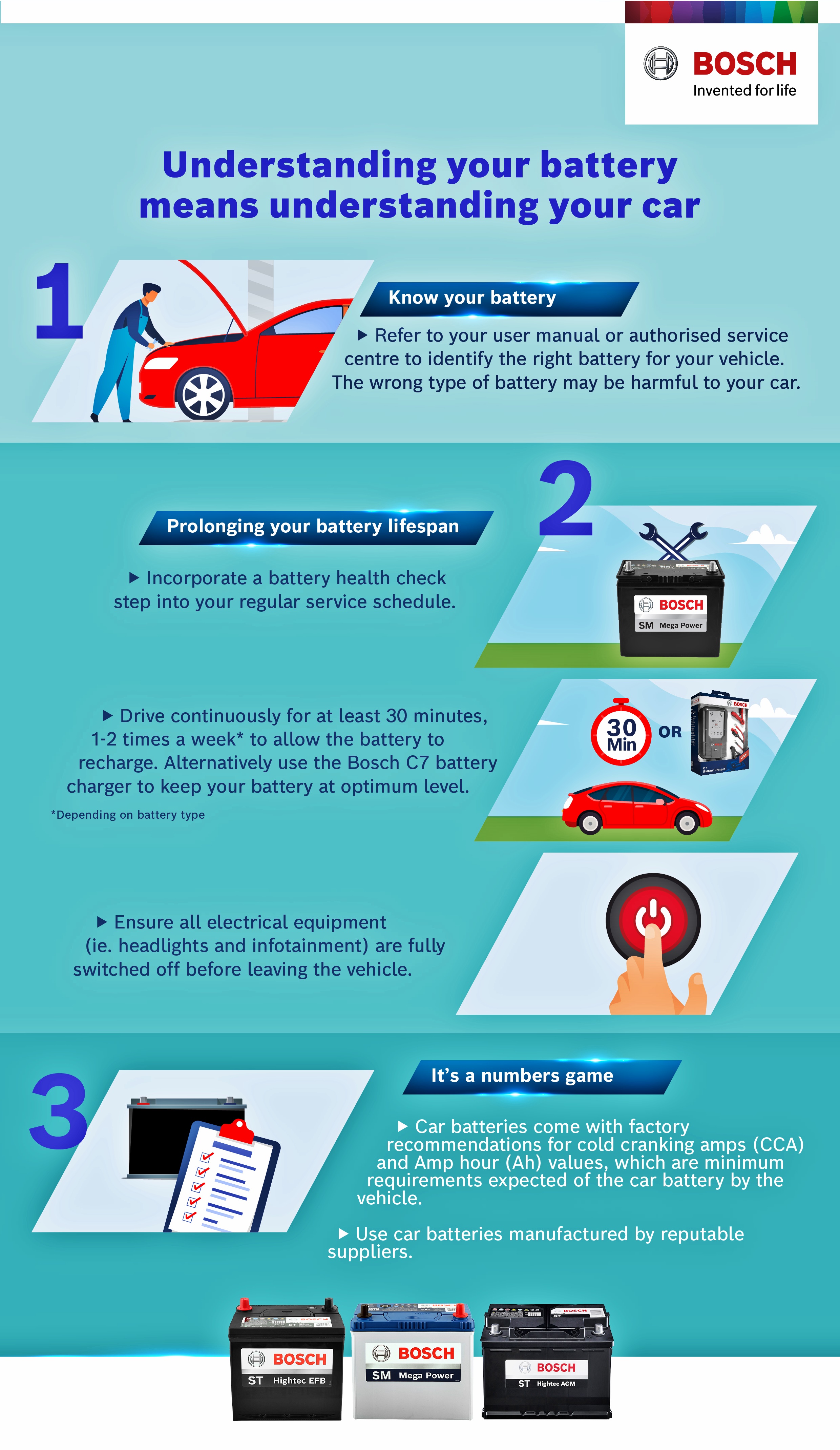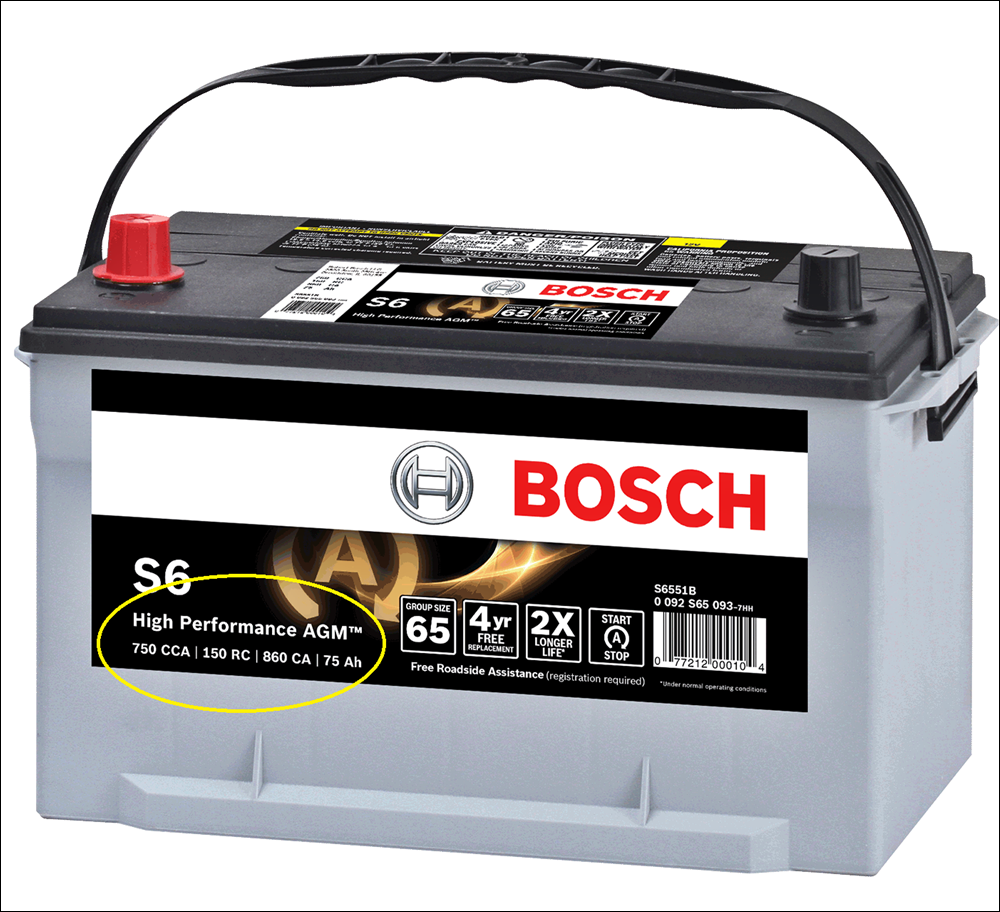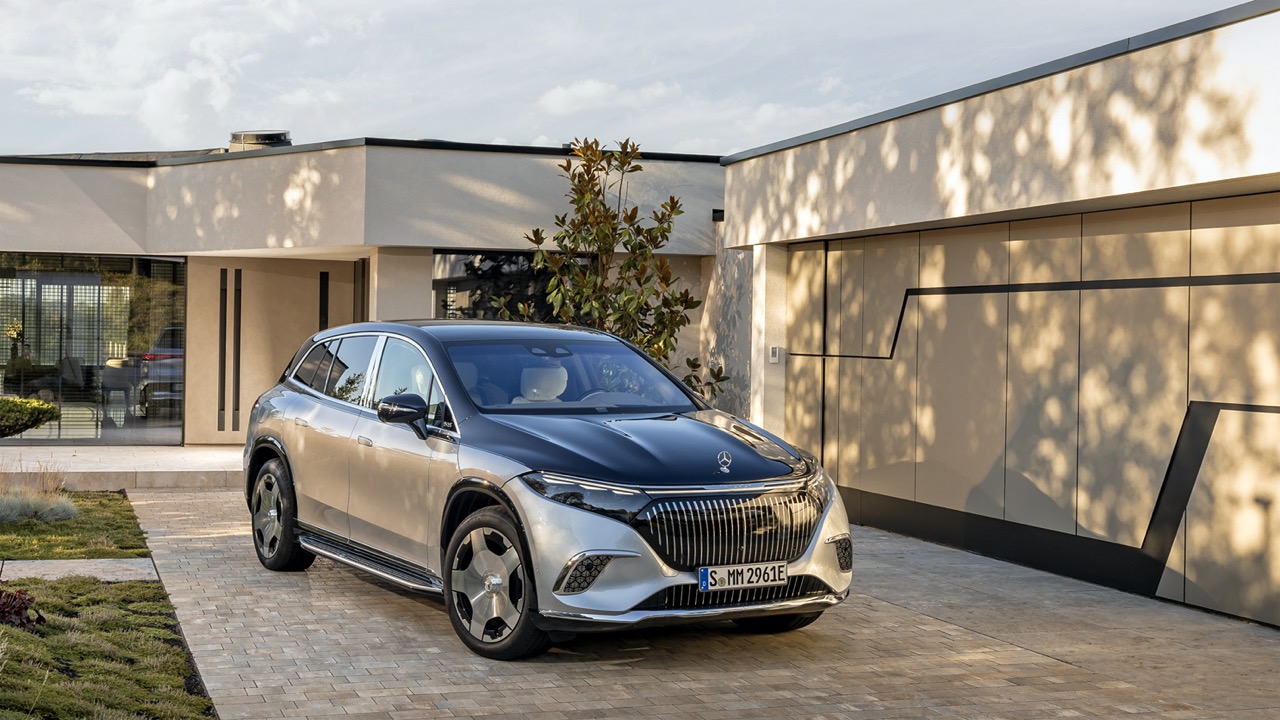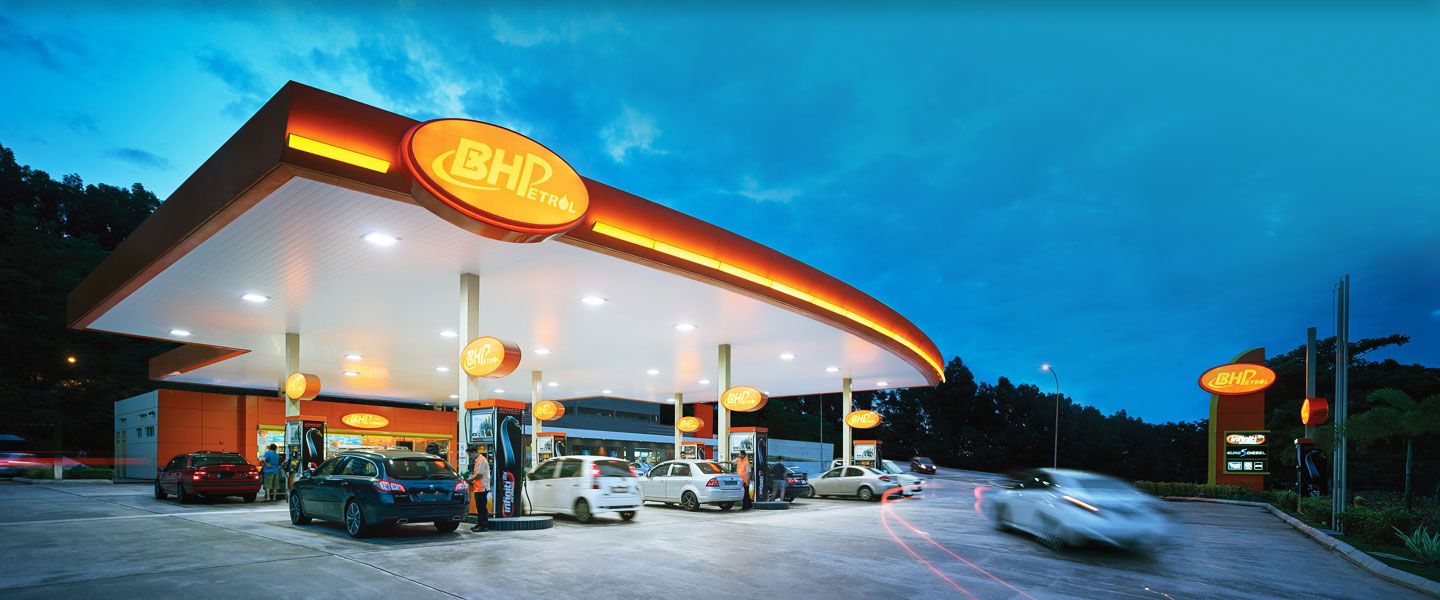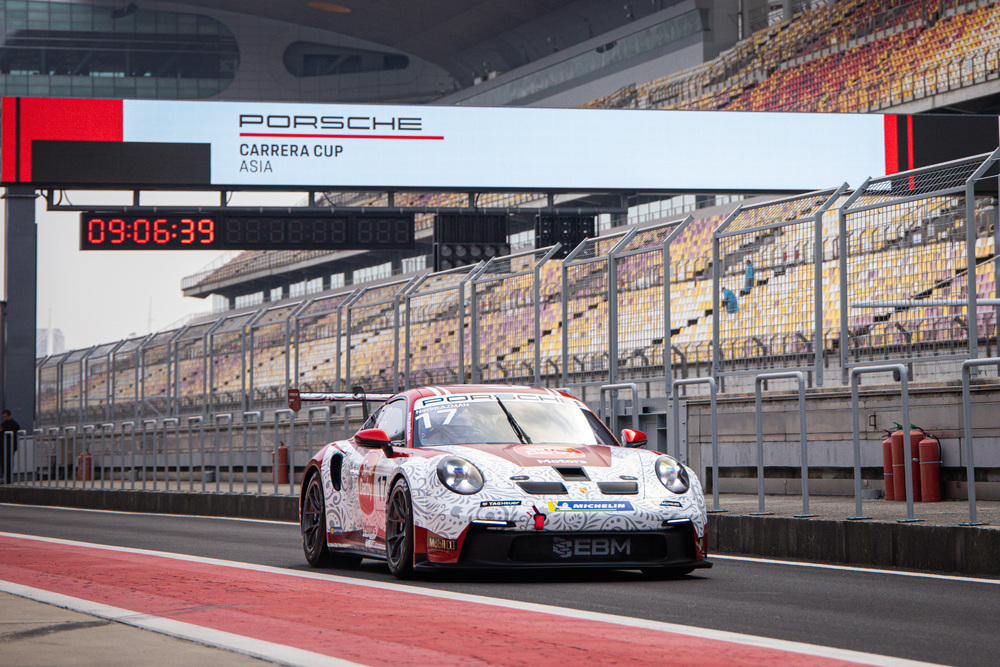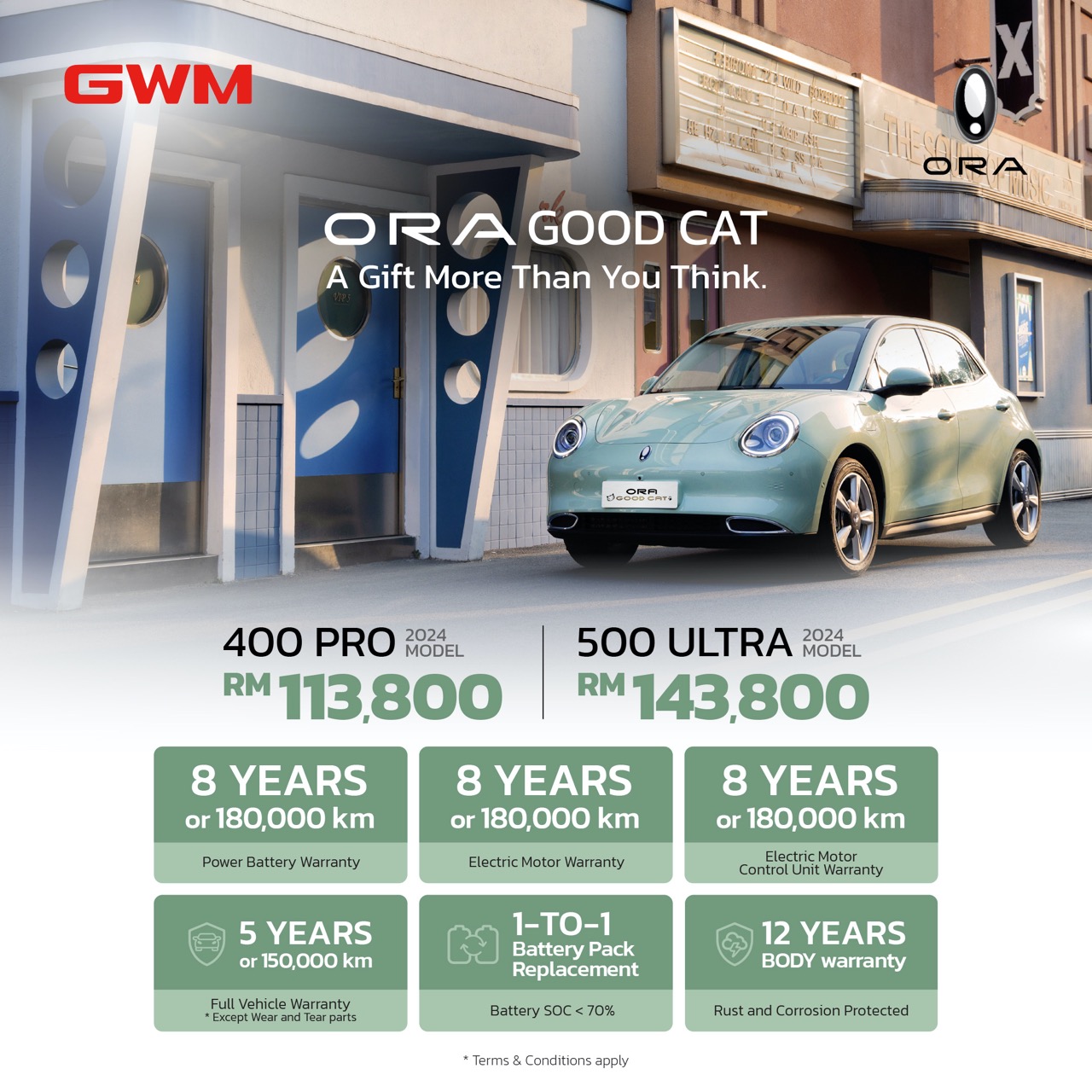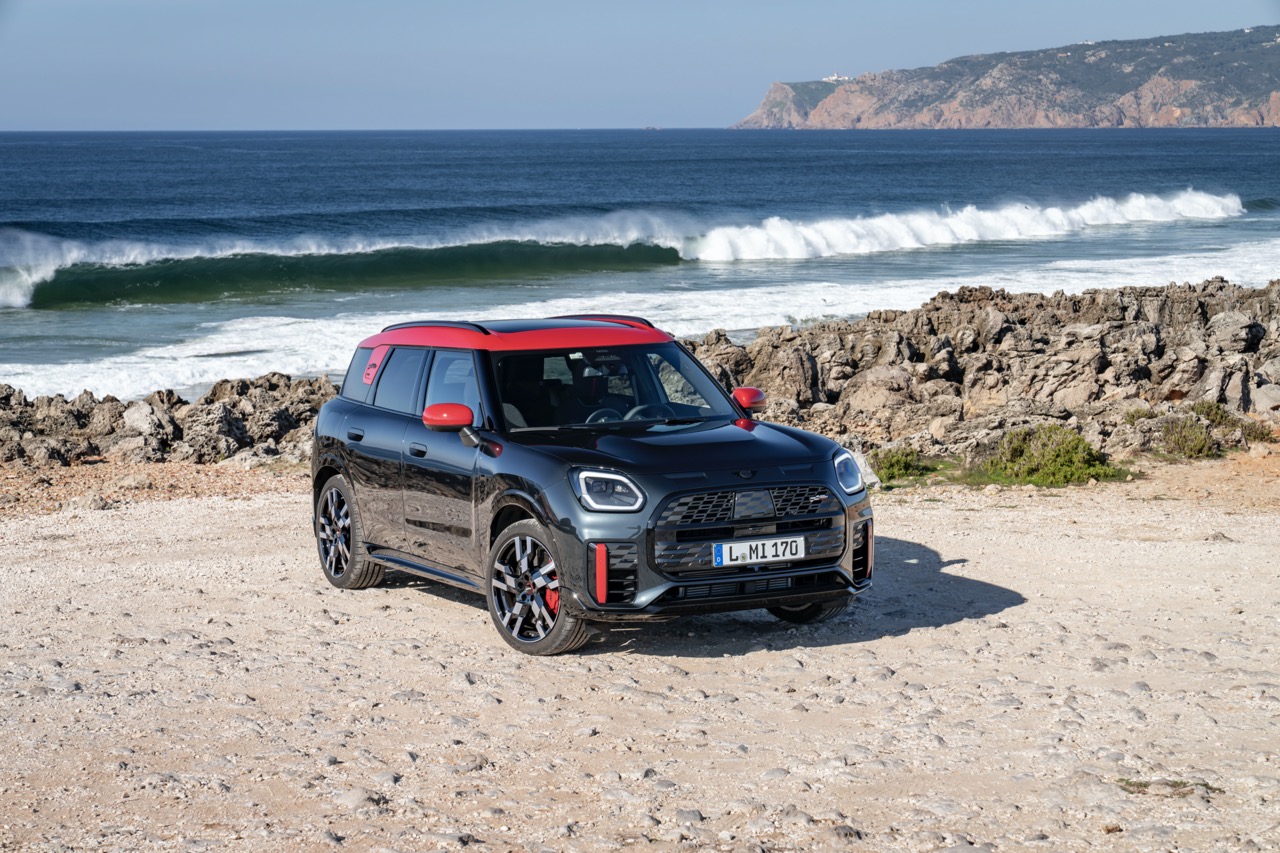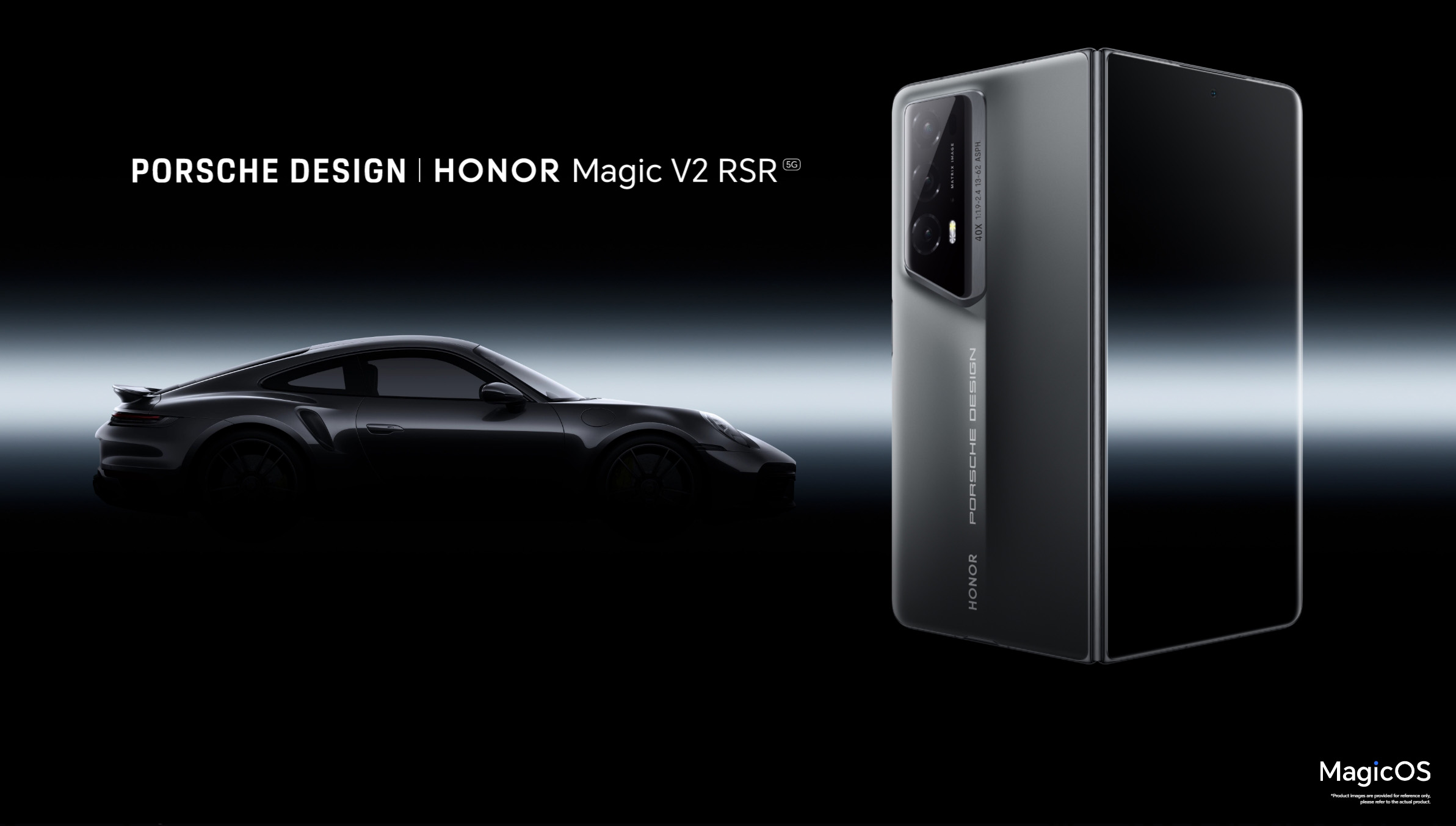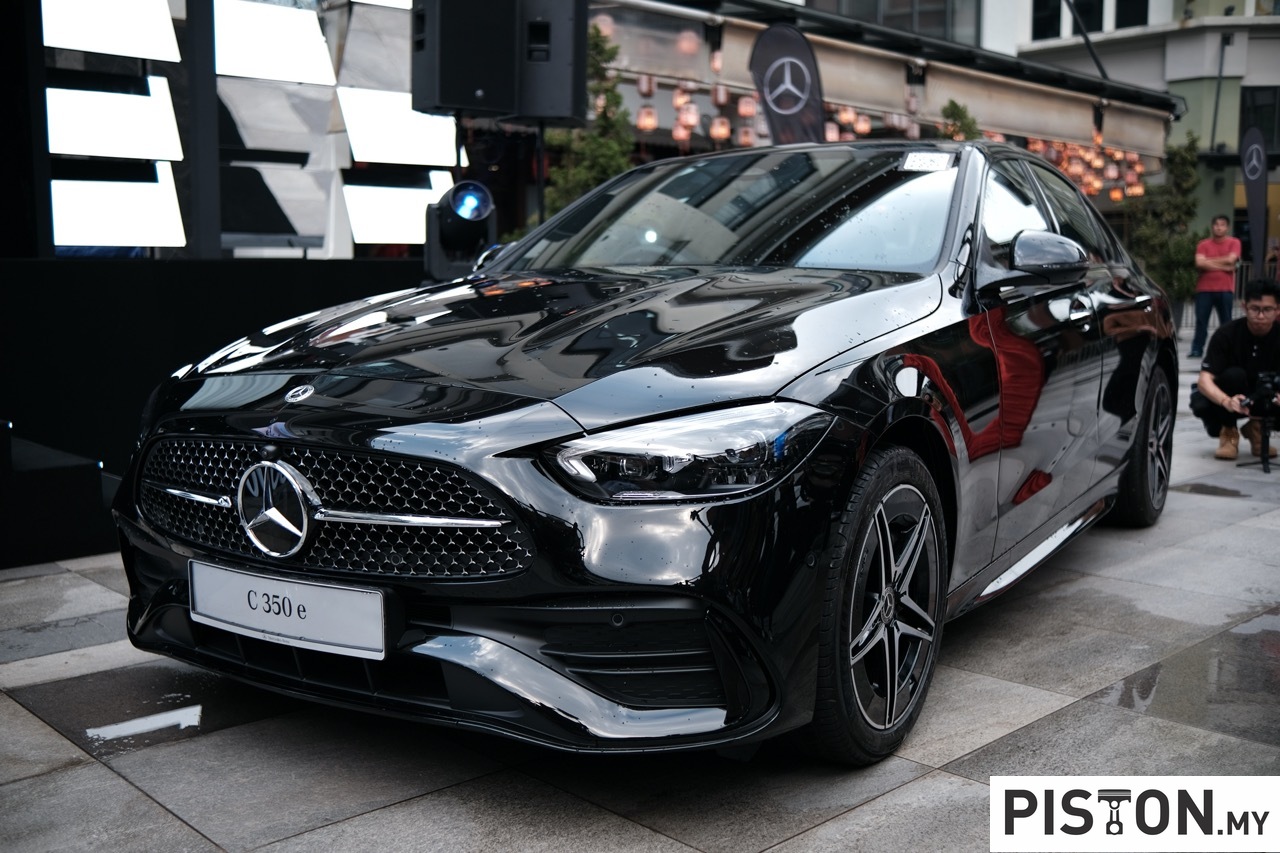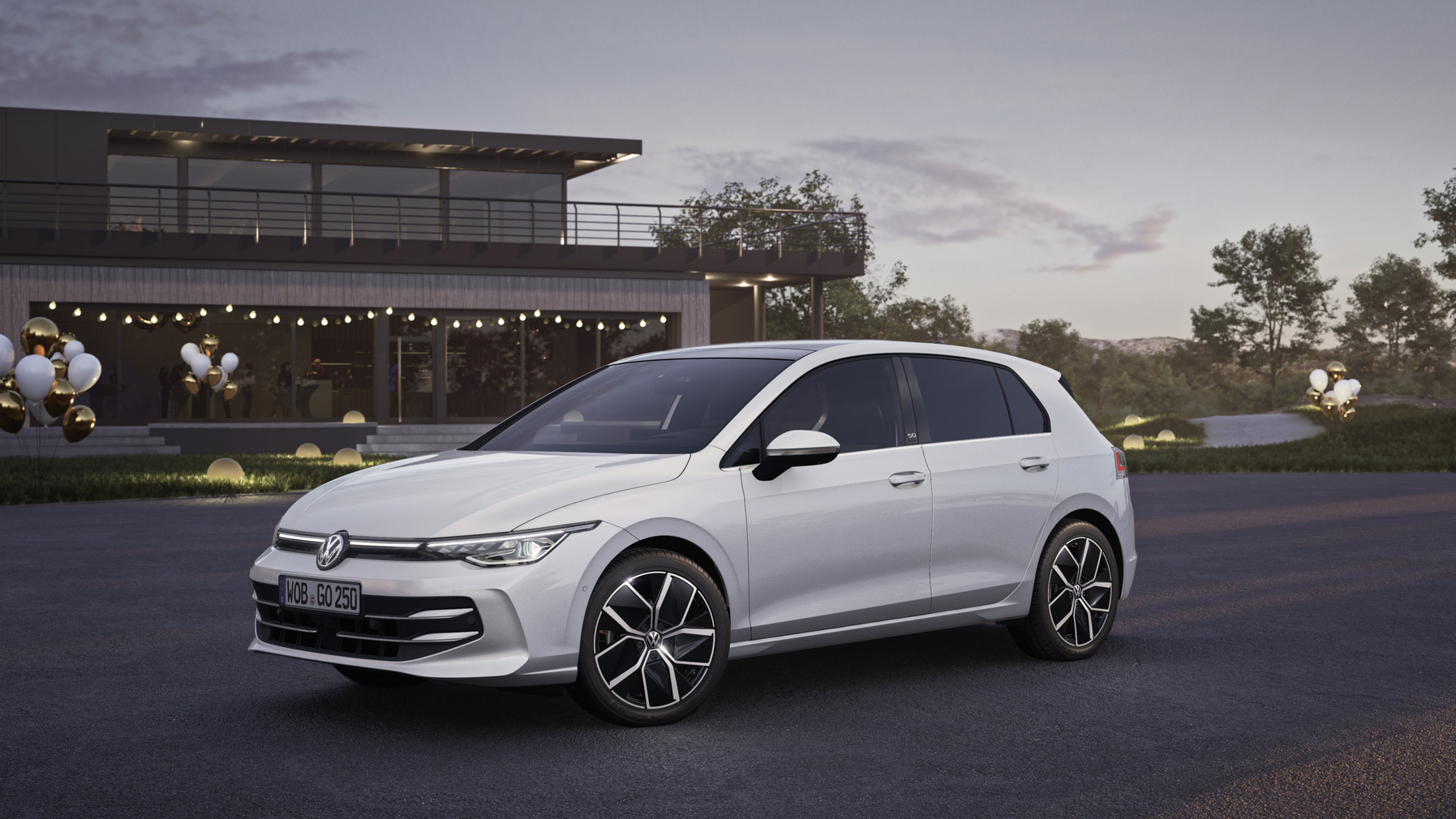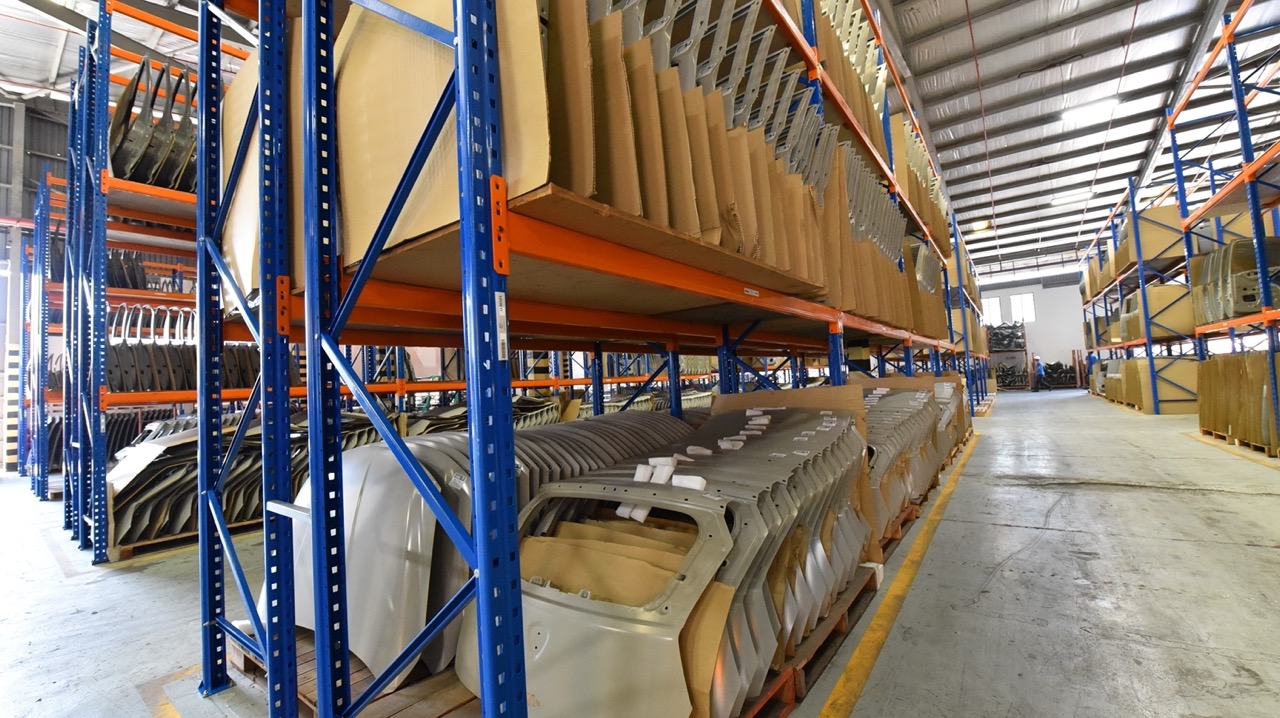Although the trend towards electrification of motor vehicles is seeing bigger and bigger batteries being developed to store and provide the higher energy levels to power the vehicles, the humble small battery in the engine bay is still by far the most widely used. After all, it has been used for many decades, providing electricity for the starter motor to crank the engine and serving as an ancillary power supply as well.
Although the battery, typically the 12V lead-acid type, appears to be the same ‘block’ as it has always been, it has actually evolved greatly over the years. Thanks to new technologies and materials, the battery has become more durable, reliable and longer lasting – and that’s timely because today’s cars have a lot of electronic systems that will draw on the battery as well.
For most motorists, the battery comes to their mind only when it is ‘flat’, meaning it no longer holds enough electricity to even turn the starter motor. Therefore, it is important to understand the battery and the important role it plays to ensure safe and hassle-free journeys.
Different battery types
Among the various battery types available today are the maintenance-free batteries. These ‘flooded’ batteries are sealed and do not require attention whereas other types may require regular inspection and topping-up of the fluid. Maintenance-free batteries are sealed and the Enhanced Flooded Batteries (EFB) with the latest technologies have become popular.
Many of today’s vehicles with start-stop technology and regenerative braking systems. may also require Absorbent Glass Mat (AGM) batteries. These are designed to be more resistant to leakage and corrosion, thus enabling a reliable supply of power over a longer service life.
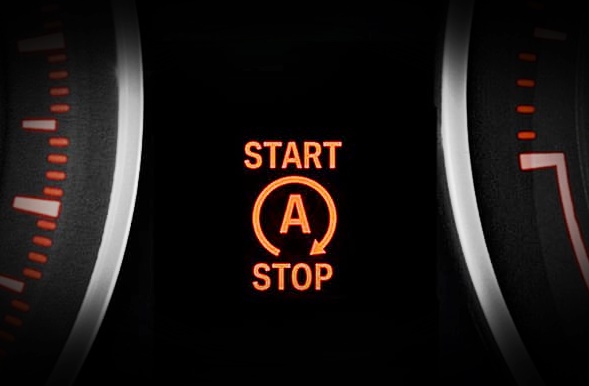
When it comes to selecting the right battery for your car, Bosch Automotive Aftermarket Malaysia (Bosch AA) advises to motorists to always refer to the Owner’s Manual or consult the authorised service centre of the brand of the vehicle. This will ensure that the right battery is selected. Using the wrong type of battery may be detrimental; for example, a regular maintenance-free battery may experience accelerated wear if installed in a car with start-stop technology. This is because the engine will shut down often and then restart, so the draw on the battery is much more frequent.
Prolonging your battery lifespan
Although most car batteries are marketed as ‘maintenance-free’, there are several steps drivers can take to prolong their lifespan. One of the simplest methods is to have your mechanic incorporate a battery health check into your regular maintenance schedule to monitor the state of your battery. This can reliably predict wear and tear and even give an early warning that the battery is weakening. Many workshops and service centres are equipped with the tools and expertise to perform a thorough health check.
An often-repeated piece of advice is to start the engine regularly, especially with work-from-home becoming the norm these days. Where many people used to drive to work in the morning and back home in the evening, they may now not drive as much, and the car is parked for longer periods.
Batteries left idle discharge over time. This is often compounded by electrical equipment that has to be left active like anti-theft and vehicle telemetry systems. Bosch AA recommends driving continuously for 30 minutes at least one to two times a week to allow the battery to fully recharge. Short trips can be worse as they make it difficult for the battery to maintain a full charge, so take a drive occasionally.
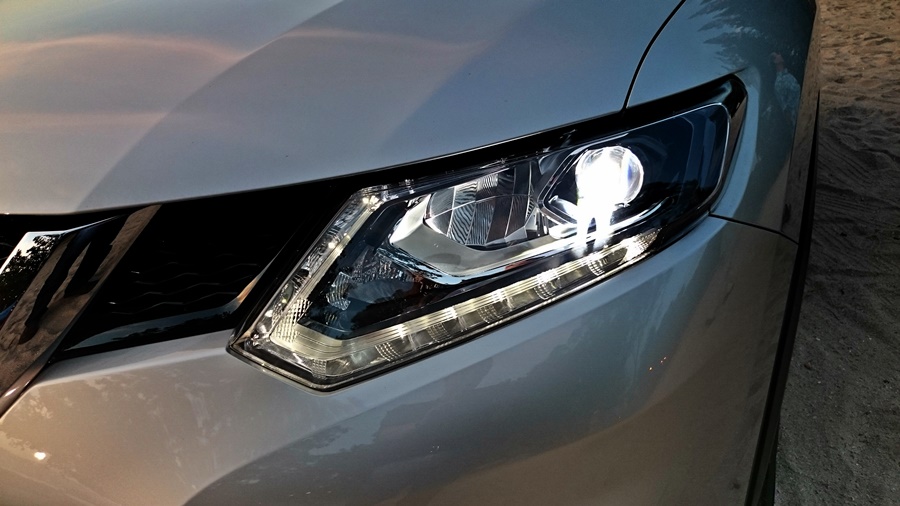
The best way to minimise battery discharge is ensuring all unnecessary electrical equipment, including headlights and infotainment, are fully switched off before leaving the vehicle. Alternatively, you could invest in a charging device like the Bosch C7 Battery Charger to keep the battery permanently charged to an optimum level.
It’s a numbers game
Have you ever wondered how a mechanic always seems to know what battery your car needs when a replacement is needed? Like all automotive components and spare parts, car batteries have specifications that communicate useful information such as its dimensions, battery capacity and how long it can last.
All car batteries come with factory recommendations for cold cranking amps (CCA) and Amp hour (Ah) values. These are essentially the minimum requirements expected of the car battery by the vehicle. Although it can be possible to get a car battery that falls short of these requirements to function, doing so may introduce issues to other parts of your vehicle in the long run.
For example, frequently starting the engine using a battery without sufficient CCA may damage the ignition system over time. A car battery does more than just getting the engine started when you hit the start button (or turn the key). Therefore, it is also important to consider other electrical equipment and accessories that draw power from the electrical system the moment you start your car before being drawn to more affordable options in the market.
As with other serviceable components and materials such as fluids and filters, always refer to the Owner’s Manual to ensure the correct specifications for your vehicle. Additionally, Bosch AA highly recommends to only use car batteries manufactured by reputable suppliers with reliable track records in automotive maintenance and aftersales services.
To find out more about Bosch’s range of batteries, visit a Bosch Car Service or Bosch Preferred Workshop (locations can be found here).




